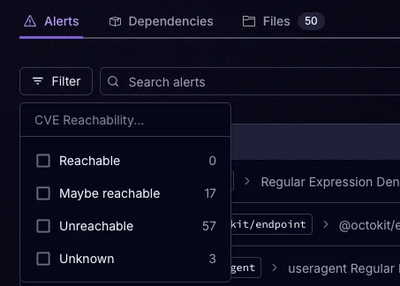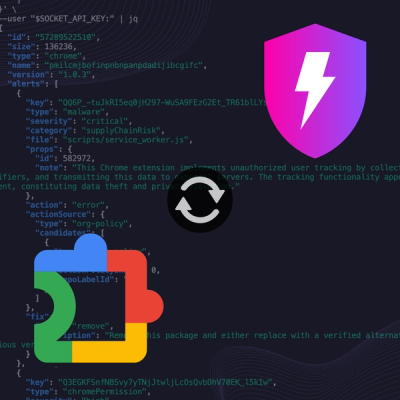
Product
Introducing Rust Support in Socket
Socket now supports Rust and Cargo, offering package search for all users and experimental SBOM generation for enterprise projects.
net.netheos:pcs-api-android
Advanced tools
A lightweight library that abstract providers and gives a uniform API to several personal cloud storages providers
Personal Cloud Storages API: a library that abstract providers and gives a uniform API to several personal cloud storages providers. As of today, the following providers are supported: Dropbox, hubiC, Google Drive, CloudMe.
API provides the following methods:
pcs_api is released under Apache License V2.0
The API has been developped in many languages (Java, android and Python). Some samples are availables in the samples directory for each one.
An implementation exists for Java (1.6+). It is also compliant with android API 8+. The base library uses a maven artefact with the following dependencies:
The unit tests are done using the testng library.
Android Studio has been used to build the android library. It generates an archives aar which can be used in an application. This works as a Maven artefact.
WARNING: the aar file can only be used with Android Studio ; it is not compatible with Eclipse.
An implementation exists for Python (tested on version 2.7), available as a pypi package.
Python implementation has some dependencies, as specified in setup.py (pip and virtualenv are recommended for installation). Basically, requests and requests-oauthlib are used for http requests and OAuth authentication, pytest is used for testing.
See this page.
See this page
pcsapi can handle several authentications types:
Each provider has its specificity that are described here;
The stream on files are wrapped by the same objects whatever the choosen provider. To read a file from the server the ByteSink interface must be used and to write a file, the ByteSource must be used. More informations are available here;
For more technical informations, please read this page.
FAQs
A lightweight library that abstract providers and gives a uniform API to several personal cloud storages providers
We found that net.netheos:pcs-api-android demonstrated a not healthy version release cadence and project activity because the last version was released a year ago. It has 0 open source maintainers collaborating on the project.
Did you know?

Socket for GitHub automatically highlights issues in each pull request and monitors the health of all your open source dependencies. Discover the contents of your packages and block harmful activity before you install or update your dependencies.

Product
Socket now supports Rust and Cargo, offering package search for all users and experimental SBOM generation for enterprise projects.

Product
Socket’s precomputed reachability slashes false positives by flagging up to 80% of vulnerabilities as irrelevant, with no setup and instant results.

Product
Socket is launching experimental protection for Chrome extensions, scanning for malware and risky permissions to prevent silent supply chain attacks.